From the thumbs-up emoji to the peach ? and eggplant ? emoji, thumb warriors across the country are shocked to discover the true meaning of these seemingly innocent emoticons. Although misusing certain emojis can be worth a laugh, other times, it can lead to unwanted trouble.
The inappropriate undertones attached to the peach and eggplant emoji have long been known; however, if it was unknown to you, we suggest you stop using them immediately; if that is not your intended purpose. Even if you just returned home from Whole Foods and fully stocked up on the freshest batch of eggplants and peaches, do not use these emojis to convey your successful find at the supermarket to your friends or loved ones.
However, other emojis that may seem less obvious can still offend, ranging from the skull emoji to the cry-laughing emoji and even the thumbs-up emoji.
Here is the true meaning of some of your keyboard’s emoticons to keep your texting etiquette at its peak.

Skull head emoji
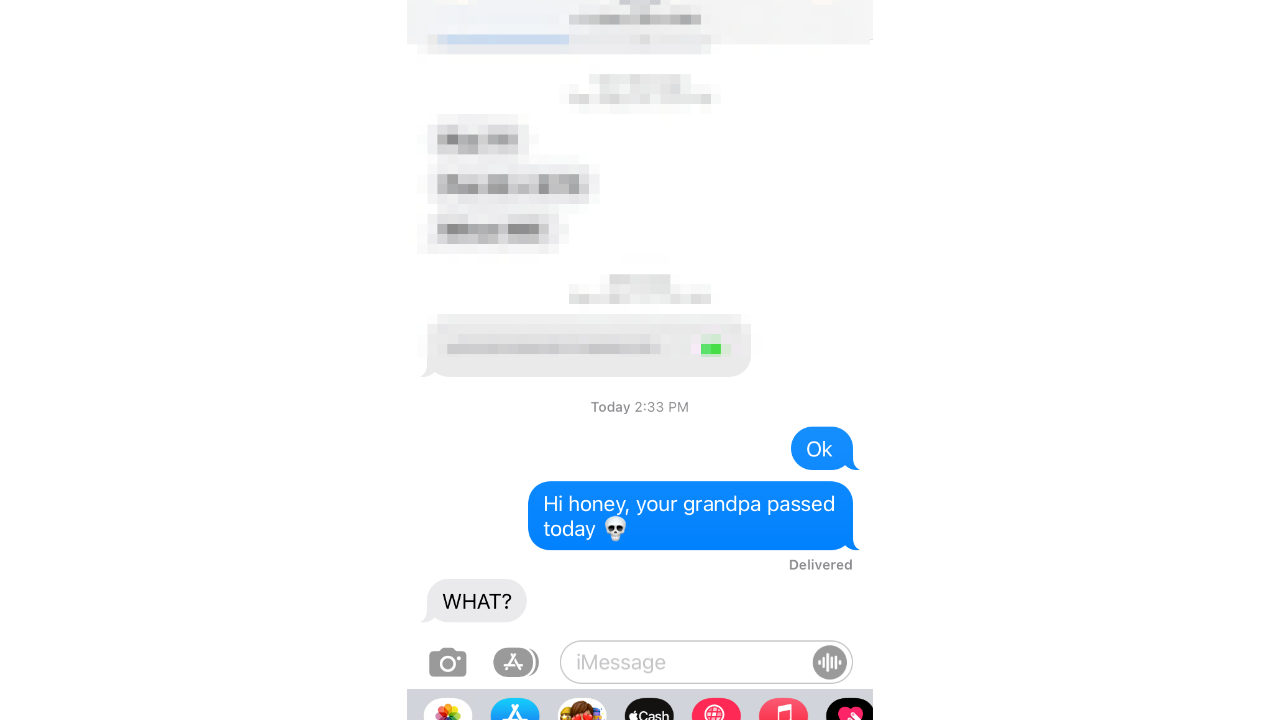
For this emoji, the assumption is obvious, right? It’s clearly a human skull to indicate death in one way or another. To the contrary, however, the emoticon is actually used to express extreme amusement, so much so that you have figuratively passed on.
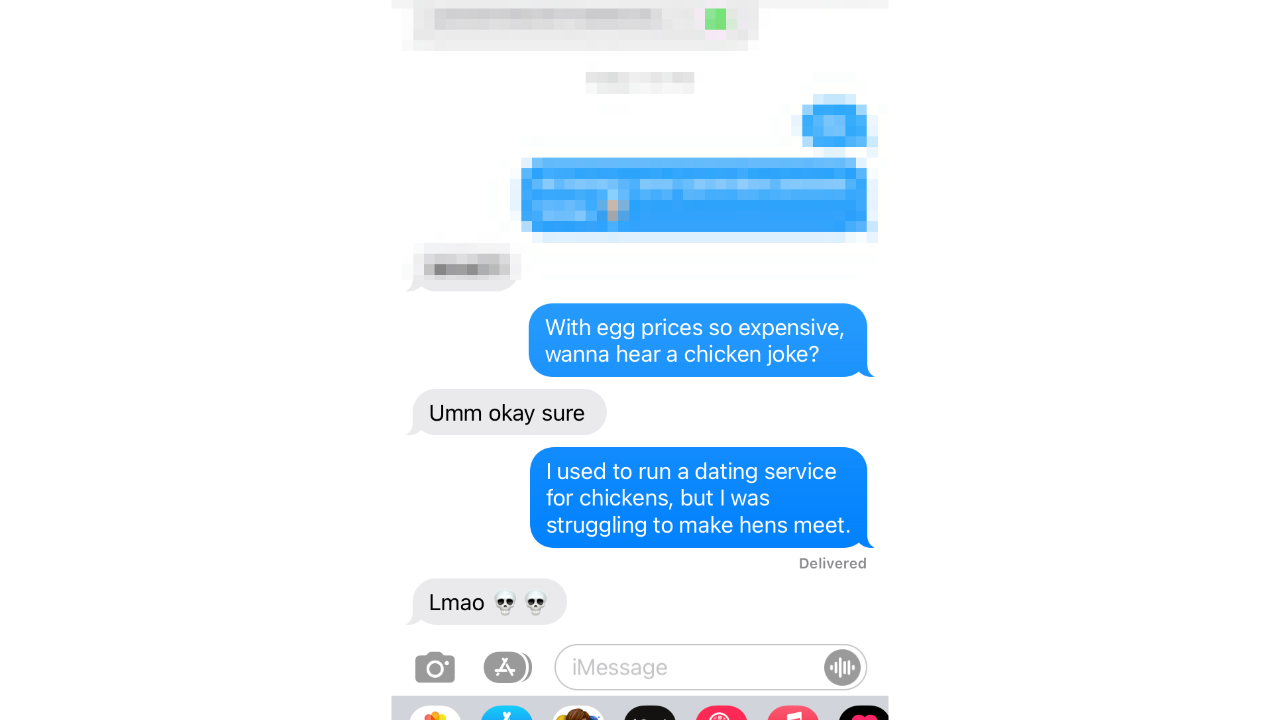
So next time you want to use the cry-laughing emoji whenever you find something hilarious but don’t want to appear dated, use the skull emoji instead. If you ever need to text something about the unfortunate circumstances surrounding death, maybe don’t use emojis.
Which brings us to the aforementioned:
Cry-laughing emoji
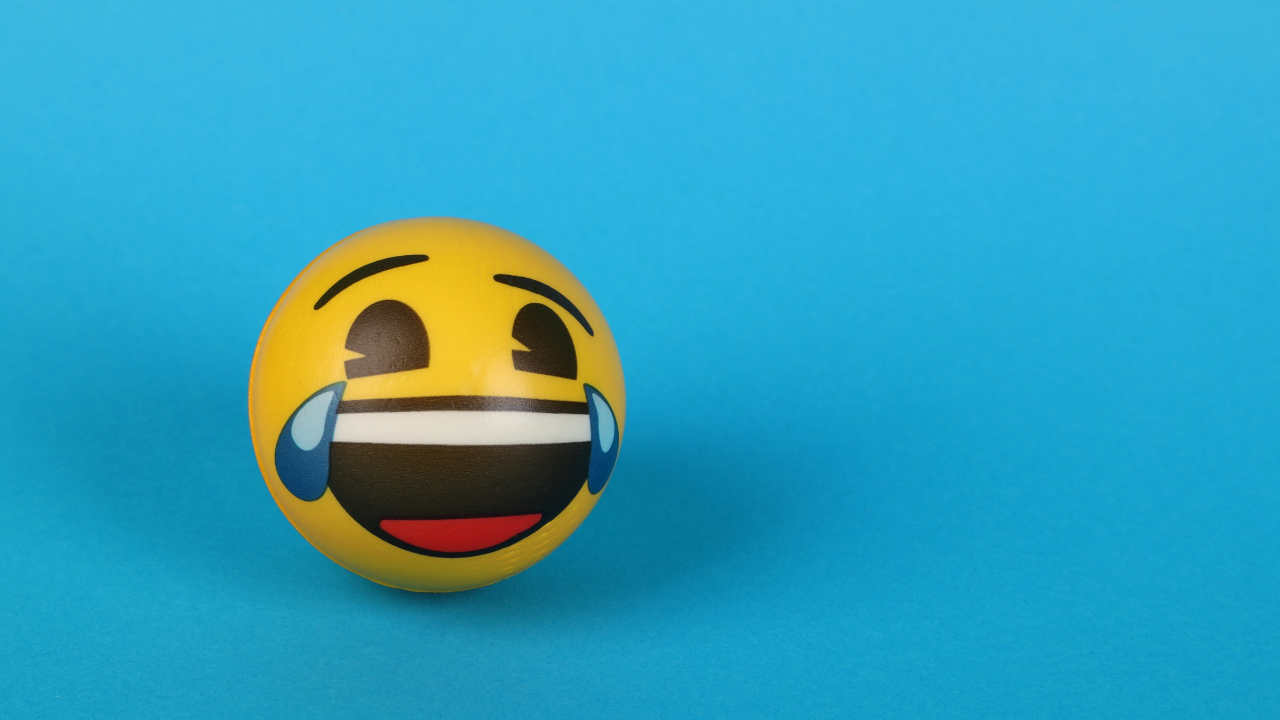 You’ve likely seen and used this emoji hundreds if not thousands of times. It’s fun and suggests that you find something funny and amusing. At least, that’s what one would think. In fact, the emoji is used to express laughter but one that is derogatory and meant to invoke anger. If you are trying to “troll” or make fun of another online user, then by all means, make this emoji your best friend; otherwise, steer clear and best to use the skull emoji to express your amusement.
You’ve likely seen and used this emoji hundreds if not thousands of times. It’s fun and suggests that you find something funny and amusing. At least, that’s what one would think. In fact, the emoji is used to express laughter but one that is derogatory and meant to invoke anger. If you are trying to “troll” or make fun of another online user, then by all means, make this emoji your best friend; otherwise, steer clear and best to use the skull emoji to express your amusement.
MORE: HOW TO CREATE OR LEAVE A GROUP TEXT
Thumbs Up emoji
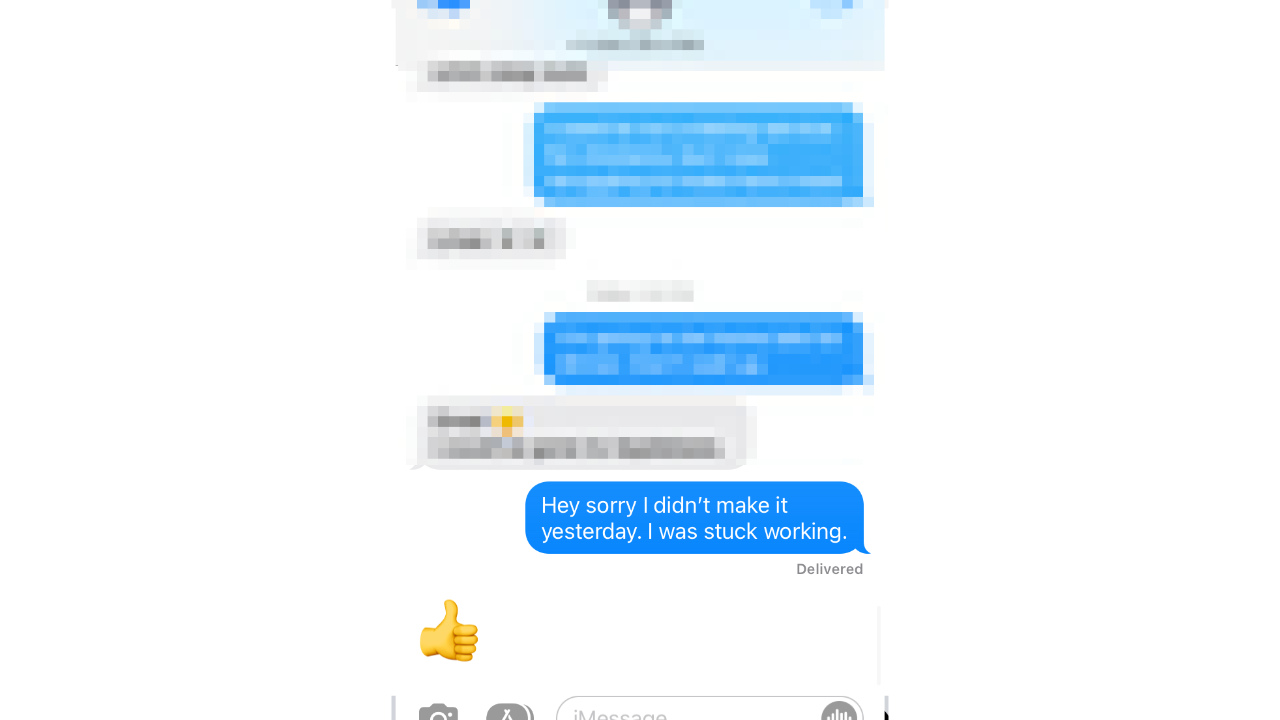
Again, on the surface, this emoji represents a thumbs up, something used long before cell phones existed to express acceptance and agreeability. Although in real life, this definition still runs true, in the digital space of your smartphone, it’s anything but a positive message. When used as an emoji (not including reactions) the thumbs-up response can be misconstrued as dismissive, passive-aggressive, and as a means of ending a conversation. Some have even suggested the thumbs-up emoji are for those “not brave enough to use the middle finger emoji.” Best to use the “rock on” or “hang loose” emojis to express your approval in place of the thumb to avoid any miscommunication or misunderstandings.
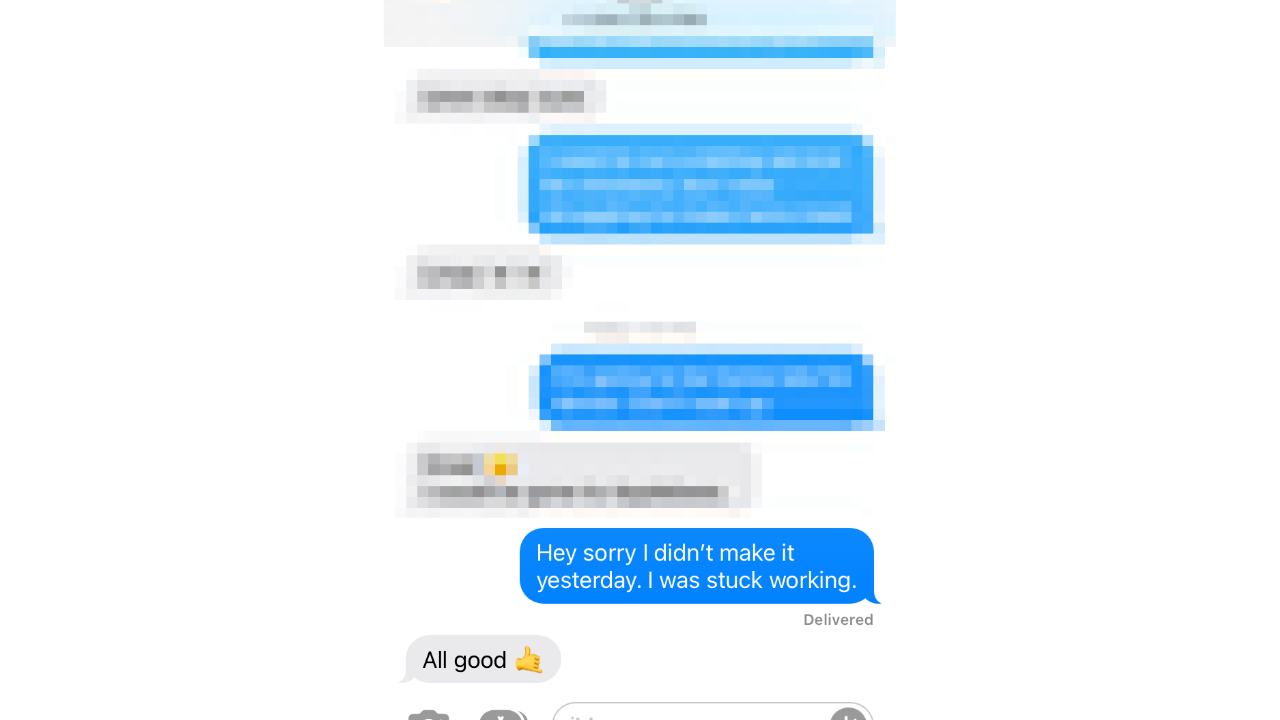
Clown face emoji
This emoji is not used to express humor or reference any actual clowns; instead, it suggests something a bit more cynical. The emoji is used as a means of bullying, or rather its use is meant to be disparaging. Its essential meaning is to classify something as silly, idiotic, and embarrassing. It’s best to utilize this emoji when referencing yourself in a self-deprecating way, it’s funny, and people typically can relate to whatever awkward moment you are attempting to share and emphasize with the use of a clown emoticon.
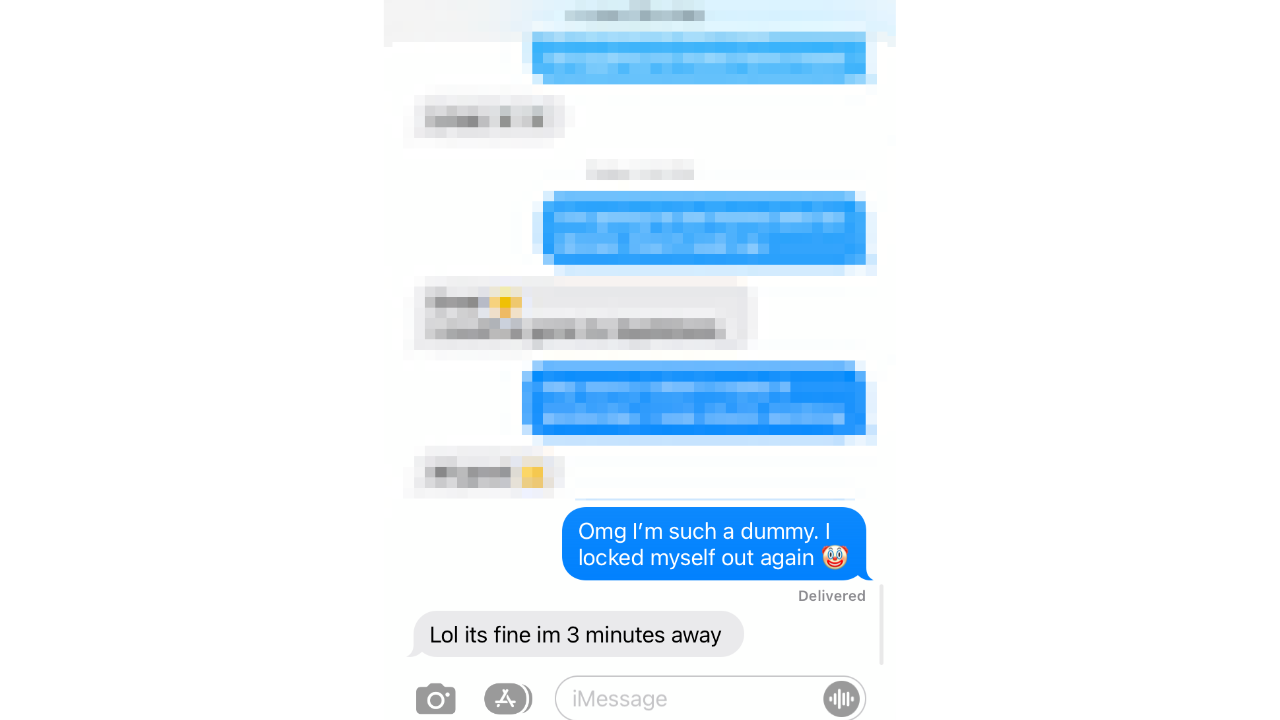
MORE: HOW TO SCHEDULE A TEXT MESSAGE
Smiley face emoji
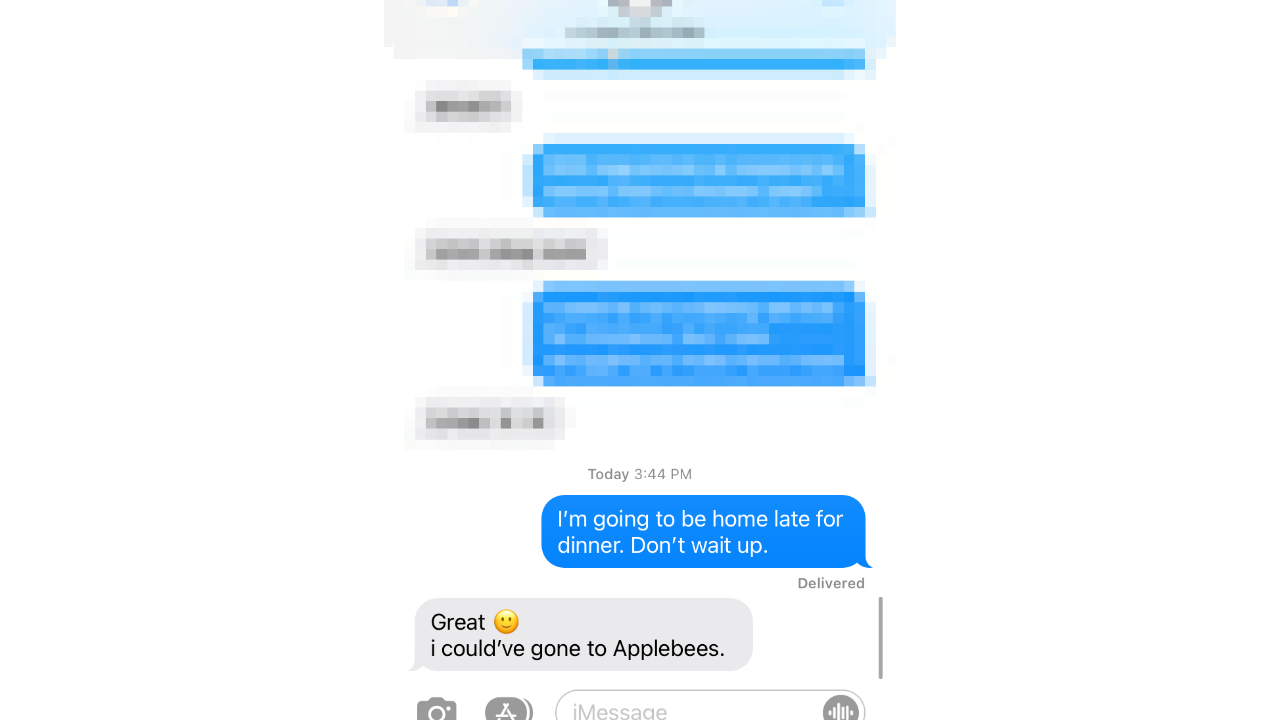
Yes! The traditional and most classic emoji does not mean what you thought! When emojis were first introduced, this one meant precisely what it represents – a person casually smiling! It was meant to express your gratitude and joy towards something.
Today it can still describe your excitement; however, it’s more common for texters to use it as a passive-aggressive and patronizing gesture. To avoid any confusion, we suggest using any of the other smiling emojis rather than this cynical-looking one to convey your joy.

Now with your freshly polished texting etiquette up to date, you can thumb away with complete assurance that you will not offend or upset anyone, although more importantly, you can now respond to a text with style and grace.
Have you been using these emojis correctly? We’d love to hear from you.
For more of my tech tips & security alerts, subscribe to my free CyberGuy Report Newsletter
Ask Kurt a question or let us know what stories you’d like us to cover
Answers to the most asked CyberGuy questions:
- What is the best way to protect your Mac, Windows, iPhone, and Android devices from getting hacked?
- What is the best way to stay private, secure, and anonymous while browsing the web?
- How can I get rid of robocalls with apps and data removal services?


